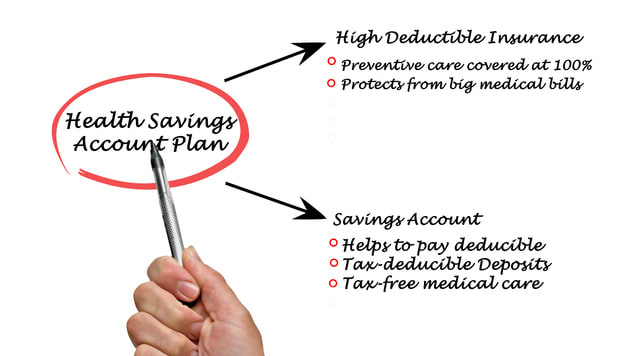More companies are making high-deductible health plans (HDHPs) an option—or, increasingly, the sole choice—for employer-sponsored health coverage. So it’s important to provide clear communication that helps employees understand how HDHPs operate and whether the plans are right for them.

For tips on helping employees make the best choices of benefits during open enrollment, check out the SHRM resources provided below:
· Guide to Open Enrollment· Health Benefits Glossary of Terms
HDHPs are considered consumer-driven plans when linked to health savings accounts (HSAs) or health reimbursement arrangements (HRAs), which give participants a financial incentive to spend health care dollars prudently.
“As more employers offer high-deductible plans, they need to make efforts to ensure employees and their families are properly educated about the plans and the financial opportunities and risks,” advised Jen Benz, president of Benz Communications. “While many employees can save money with a high-deductible health plan, they aren’t for everyone. Where employers offer a choice of plans, they can help employees make the right decisions by explaining the possible risks, helping them understand their financial responsibilities and showing them how to compare health plans.”
Benz suggests using the following to explain high-deductible health plans:
- Multiple channels. Share plan details with employees and their families using several channels and platforms, including print, online, e-mail, group meetings and webcasts.
- A simple side-by-side comparison. Make it easy for workers to evaluate high-deductible health plans against other employer-provided plans so they can compare what really matters to them—cost. Keep it simple: Vary only the upfront cost elements, such as premiums, deductibles and out-of-pocket maximums.
- Real-life examples and personae. Offer examples, personae and “people-like-me” stories to illustrate exactly how a high-deductible health plan works and what employees’ financial responsibilities will be. Fictional characters make it easier for people to identify with the hypothetical life situations presented. Show a variety of characters by age, covered family members, and type and frequency of care used.
- Cost-of-care scenarios. Outline different situations to help employees better understand how the cost of care can vastly fluctuate between providers. Most health insurance companies now provide price-estimator tools. “Create different scenarios with price estimates,” Benz advised. “When employees learn an MRI can cost anywhere from $150 to $2,500, they’ll start paying more attention to what things cost before making appointments and be more selective about who they choose to visit.”
- Visuals. Infographics distill complex data and ideas into easily understood pictures. Use them to illustrate how much money can be saved and how plan features compare with other offerings, as well as to visually display tips and tricks for getting the most from plans. “An infographic is great for touting the benefits of an HSA, too—which, hopefully, is being offered alongside the high-deductible plan,” said Benz.
“Clever use of a communication campaign can help employees more accurately gauge whether a high-deductible plan is right for them—and prevent the financial problems that often result when a high-deductible plan is selected by employees better served by another type of plan,” Benz added.
Related SHRM Articles:
Address HSA Misconceptions During Open Enrollment
Health Care Consumerism: HSAs and HRAs
Misunderstanding of HSAs Poses Open-Enrollment Hurdle
SHRM Resource Page:
An organization run by AI is not a futuristic concept. Such technology is already a part of many workplaces and will continue to shape the labor market and HR. Here's how employers and employees can successfully manage generative AI and other AI-powered systems.




